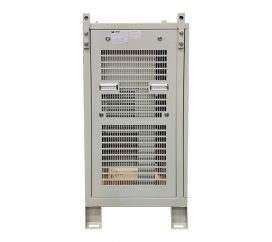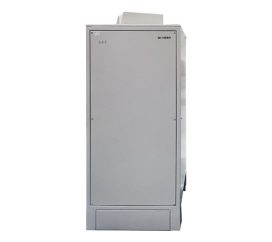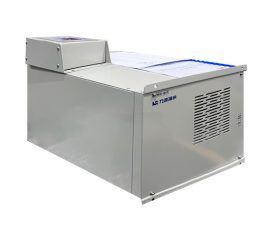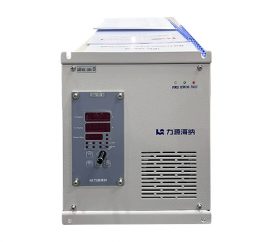An electroplating rectifier serves as a crucial component in the electroplating process, providing the necessary direct current (DC) power for depositing a metal coating onto a conductive surface. Its function and principle revolve around converting alternating current (AC) into controlled DC power suitable for electroplating.
Function:
- Rectification: The primary function of an electroplating rectifier is to convert AC power from the mains supply into DC power. AC power continuously changes direction, while electroplating requires a unidirectional flow of electricity to deposit metal ions onto the substrate. The rectifier converts the alternating current into a direct current, ensuring a consistent flow of electrons in one direction.
- Controlled Voltage and Current: Electroplating requires precise control over voltage and current to achieve the desired thickness, quality, and properties of the plated coating. The rectifier allows operators to adjust these parameters to suit the specific requirements of the plating process.
Principle:
The electroplating rectifier operates based on the principle of rectification using diodes or semiconductor devices such as silicon-controlled rectifiers (SCRs). Here's how it works:
- Conversion of AC to DC: The rectifier contains diodes or semiconductor switches that allow current flow in only one direction. As AC power enters the rectifier, the diodes or semiconductor switches block the negative portion of the AC waveform, effectively converting it into a series of unidirectional pulses or a smoother DC waveform.
- Smoothing and Regulation: The output of the rectifier, while converted to DC, might still contain some ripples or fluctuations. Additional components like capacitors or filters help smooth out the DC waveform, reducing fluctuations and ensuring a more stable output.
- Control and Adjustment: Modern electroplating rectifiers often come with control circuits that allow operators to adjust the output voltage, current density, and other parameters. These adjustments ensure precise control over the electroplating process, facilitating uniform deposition of the plating material onto the substrate.
- Efficiency and Safety: Efficient rectifiers not only provide stable and controllable DC power but also ensure safety features like overload protection, voltage regulation, and monitoring systems to prevent damage to the plating bath, equipment, or the workpiece.
In summary, electroplating rectifiers play a critical role in providing controlled and stable DC power essential for the electroplating process. By converting AC power into regulated DC, they enable precise control over the deposition of metal coatings onto conductive surfaces, ensuring quality, uniformity, and efficiency in electroplating operations.





